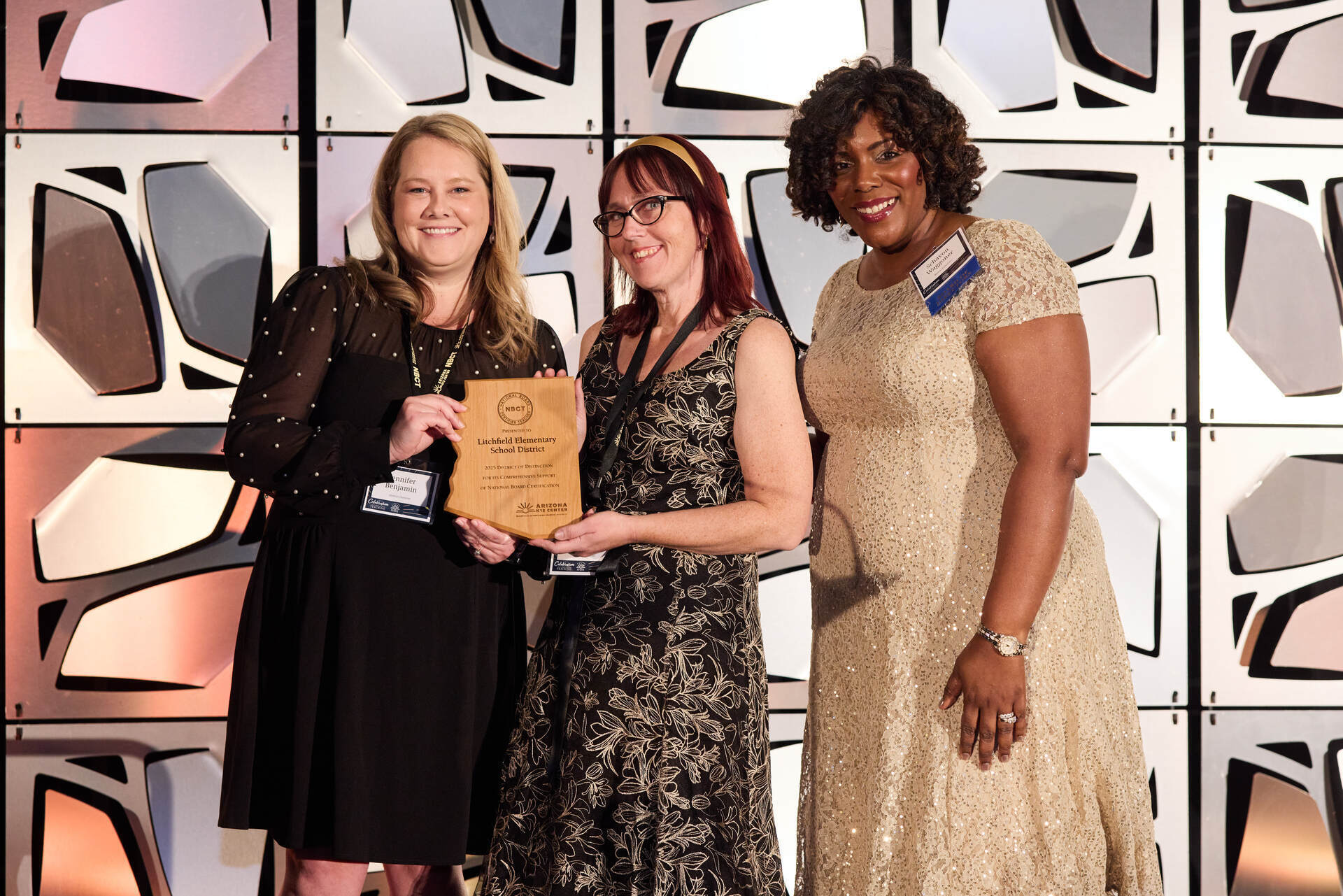December 29, 2015
Rethinking the Common Pretest
How to use pre-assessments to differentiate and foster student growth.
As teachers, being rushed and pressured to teach all standards and goals is the accepted norm. We’re used to having our plates full; we’re well versed in weighing the ever-changing factors and deciding what gets prioritized in our classrooms. And I’m here to admit that in my first few years of teaching, I often decided that pretesting was an area I could cut out in order to save time for other “more important” activities.
I was wrong. It’s not.
Turns out, pretesting is crucial to our best practices. What seems like a pretty simple exercise is far from the corner I thought I could cut; in fact, it’s a cornerstone in promoting self-confidence in learners. Let me explain.
Dr. Carol Dweck, Stanford University professor and author of Mindset: The New Psychology of Success, promotes the idea that in order for students to be motivated towards advanced levels of learning, they must adopt the “growth mindset” — an ingrained belief that hard work and the pursuit of challenges are the keys to a lifetime of success.
Makes sense, right? Here’s how pretesting plays into her theory.
In our classrooms, we can be sure that our students come to us with a myriad of background knowledge and varying levels of expertise. Pre-assessing student knowledge and offering students who have already mastered content the opportunity to move forward is critical, as doing so allows them to move on to more challenging and stimulating material.
Here’s the hard truth. When we give students work that they’ve already mastered, we are stealing from them. We are insisting that they go through the motions with the rest of the class. We are refusing to differentiate. We are taking an opportunity from them to engage with more challenging, esteem-building experiences.
With that perspective, it’s easy to have a change of heart toward the old pretest. Let’s look at this old, perhaps neglected friend with fresh eyes. Here are a few things to keep in mind when using pre-assessments to shape instruction.
First, make it clear to your students that the purpose for a pretest is so that those who have already mastered the content can move on to challenging extension activities — and that no formal grades will be entered. Students need to know that a pretest is a zero-risk endeavor. Ensure this safe climate.
Then, give students time to examine what is being tested. I know, I know. This feels counterintuitive, but is actually a powerful tool. Consider this: You hand your ninth graders the semester’s packet of vocabulary words and announce that the pretest will be in a week. You don’t review or teach them any of it in any way, and the pretest doesn’t count for a grade — unless a student shows mastery (a score of 90 percent or higher, for example). If they demonstrate mastery, they get to keep that score on the end of the year test, and during any future class time used to practice, drill, or review that vocabulary, they are given time to work on extension activities. Genius, right? I can’t take credit for it. This is a practice known as compacting, and was described by Renzulli in the 70s (read more about it here). And while this strategy is often promoted for gifted students, it is a best practice that is truly beneficial for all learners.
Additionally, when pretesting, allow students to stop or leave sections blank when they do not know the material. You may also want to make pretests optional, asking only for volunteers who feel that they are capable of demonstrating mastery to take the pretest. This also takes unnecessary pressure away from a pretest.
One last note: Choose extension activities carefully, and differentiate them for individual learners. Keep a log for each student in the classroom (I keep separate folders with logs for each learner that I use throughout the year) where they are held accountable and must document how time was spent and what was accomplished. Make sure that all students are aware that what you are teaching the main group is to help them reach their grade-level standards or goals, and that all students learn at different rates. Both what you are teaching and the extension activities should be engaging and challenging for students — neither should feel like a punishment or reward, but an opportunity.
Pretests are so much more dynamic than a tool that lets you know which kid is most likely to ace the unit final. Let’s pretest with purpose and use our class time more meaningful.
Heather Sparks is a writer, educator, and mom of two. An Arizona native, she holds a bachelor’s degree in secondary education and a master’s degree in gifted education from Arizona State University.











